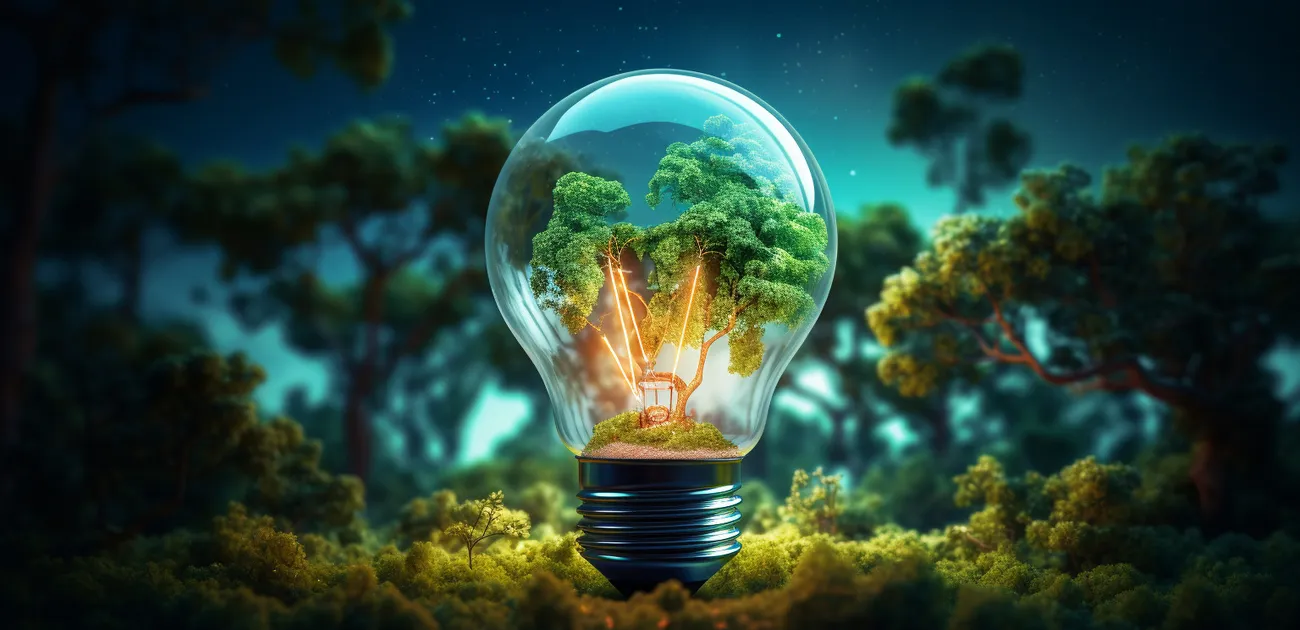The Role of AI in Optimizing Renewable Energy Production

The Role of AI in Optimizing Renewable Energy Production
Table of Contents
- Introduction
- Understanding Renewable Energy Production
- Challenges in Renewable Energy Production
- AI Applications in Renewable Energy
- Benefits of AI in Renewable Energy
- Case Studies
- Future Outlook
- Conclusion
Introduction
Renewable energy sources, such as solar, wind, and hydro, play a vital role in transitioning to a more sustainable and clean energy future. However, maximizing the efficiency and output of renewable energy systems can be challenging due to the intermittent and unpredictable nature of these energy sources. This is where Artificial Intelligence (AI) steps in to revolutionize the renewable energy sector.
In this blog post, we will explore the significant role of AI in optimizing renewable energy production. We will delve into the challenges faced by renewable energy systems and discuss how AI technologies can address these challenges. Furthermore, we will highlight various applications of AI in renewable energy and examine real-world case studies that demonstrate its effectiveness. Finally, we will touch upon the future outlook of AI in renewable energy and its potential to shape the energy landscape.
Understanding Renewable Energy Production
Renewable energy production involves harnessing energy from renewable sources like sunlight, wind, or water. Unlike traditional fossil fuel-based power generation, renewable energy offers numerous environmental benefits, including reduced greenhouse gas emissions and a lower carbon footprint. However, the variability and intermittency of renewable energy sources pose unique challenges for energy producers.
Challenges in Renewable Energy Production
The integration of renewable energy into the existing power grid presents several challenges. One of the primary obstacles is the intermittent nature of renewable energy sources. Solar panels generate electricity only during daylight hours, while wind turbines rely on wind availability. This intermittency introduces uncertainty and makes it difficult to match supply with demand accurately.
Additionally, renewable energy systems are susceptible to weather conditions. Cloud cover, sudden changes in wind patterns, and water availability affect the energy output of solar, wind, and hydro systems, respectively. Predicting and managing these fluctuations require sophisticated tools and techniques, which is where AI can make a significant impact.
AI Applications in Renewable Energy
1. Resource Assessment and Site Selection
AI algorithms can analyze vast amounts of data to identify optimal locations for renewable energy installations. By considering factors such as solar irradiance, wind speed, topography, and vegetation, AI models can accurately assess the potential energy generation of a specific site. This helps developers choose the most suitable locations for solar farms or wind parks, maximizing energy output and minimizing installation costs.
2. Energy Forecasting
Accurate energy forecasting is crucial for efficient grid management and energy trading. AI-based models can leverage historical weather data, power generation records, and other variables to predict renewable energy production accurately. By combining machine learning algorithms with meteorological data, these models can provide short-term and long-term energy forecasts, enabling grid operators to optimize energy distribution and balance supply and demand.
3. Grid Management and Optimization
Integrating large-scale renewable energy sources into the power grid requires sophisticated grid management and optimization techniques. AI can analyze real-time data from diverse sources, including renewable energy generators, energy storage systems, weather sensors, and consumer demand patterns. By continuously monitoring and analyzing this data, AI algorithms can optimize grid operations, balance load, and enhance grid stability.
4. Maintenance and Operations
AI-driven predictive maintenance systems can monitor the health of renewable energy assets in real-time. By analyzing sensor data, performance metrics, and historical maintenance records, AI algorithms can identify potential faults or anomalies. This enables proactive maintenance, reduces downtime, and optimizes the lifespan of renewable energy equipment. AI can also optimize energy storage systems and manage their charging and discharging cycles based on grid demand and market conditions.
Benefits of AI in Renewable Energy
The integration of AI technologies into renewable energy production offers several benefits:
-
Increased Energy Efficiency: AI algorithms optimize renewable energy systems, resulting in improved energy production and reduced waste.
-
Enhanced Grid Stability: AI-based grid management systems can balance intermittent renewable energy generation with demand, ensuring grid stability and reliable power supply.
-
Cost Optimization: AI helps identify cost-effective locations for renewable energy installations, minimizes maintenance costs through predictive maintenance, and optimizes energy trading.
-
Environmental Sustainability: By optimizing renewable energy production and reducing reliance on fossil fuels, AI contributes to a more sustainable and environmentally friendly energy sector.
Case Studies
-
Google's DeepMind and Wind Energy: Google's DeepMind used machine learning algorithms to optimize the performance of wind turbines at one of Google's wind farms. The AI system analyzed weather patterns and sensor data to predict wind conditions and adjust turbine settings accordingly, resulting in a 20% increase in energy production.
-
Solar Forecasting by IBM Research: IBM Research developed an AI-based solar forecasting system that achieved 30% more accurate solar energy forecasts compared to traditional methods. The system used machine learning algorithms to analyze historical weather data and predict cloud cover, enabling better grid integration of solar power.
Future Outlook
The future of AI in optimizing renewable energy production looks promising. As AI technologies continue to advance, we can expect more sophisticated models and algorithms that improve the efficiency and reliability of renewable energy systems. The integration of AI with other emerging technologies like blockchain and Internet of Things (IoT) can further enhance renewable energy management and grid optimization.
Conclusion
Artificial Intelligence is revolutionizing the renewable energy sector by optimizing energy production, improving grid stability, and reducing costs. Through resource assessment, energy forecasting, grid management, and maintenance optimization, AI applications are enabling renewable energy systems to achieve higher efficiency and integration into the existing power grid. As AI technologies continue to evolve, the future holds even more exciting possibilities for the role of AI in optimizing renewable energy production.